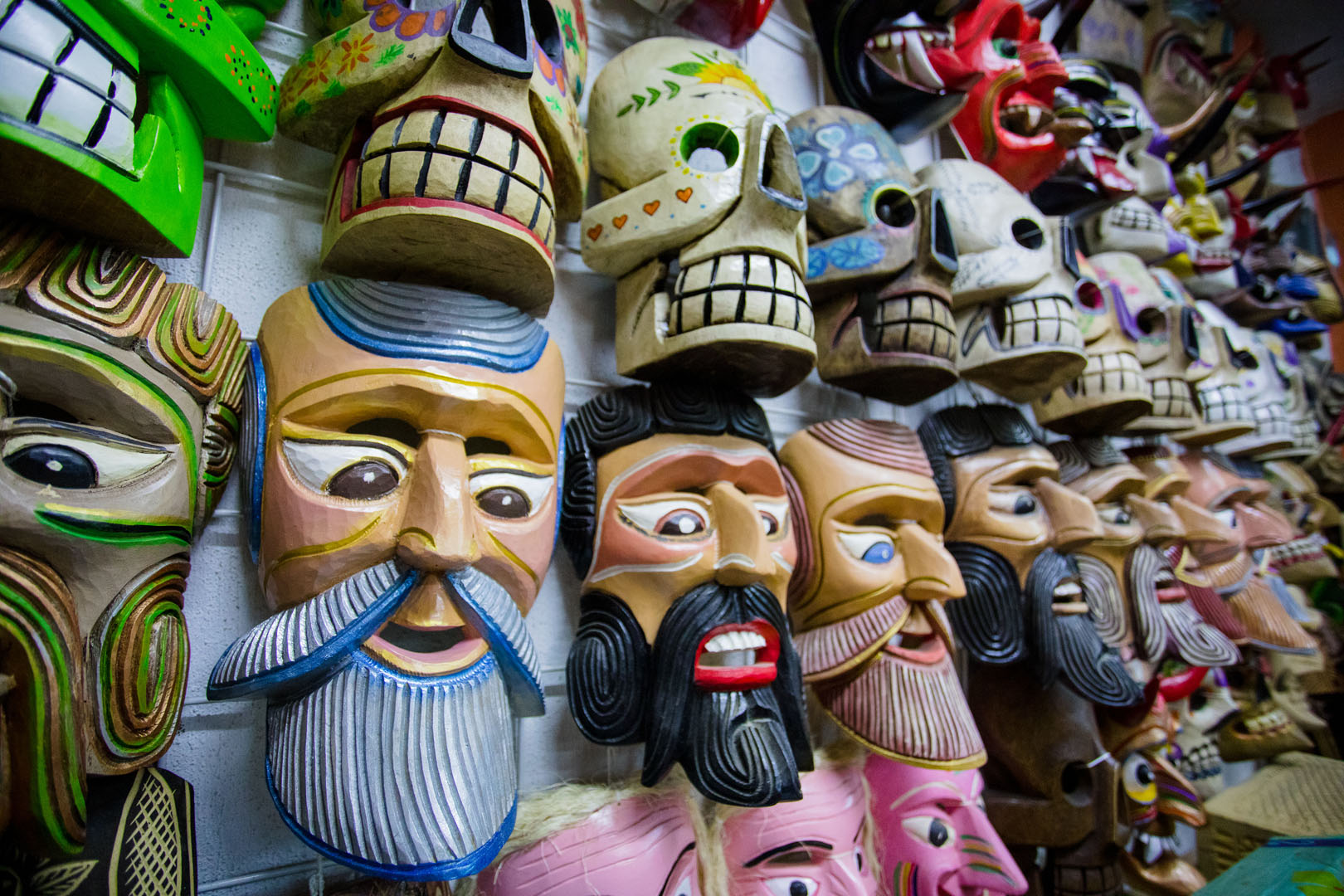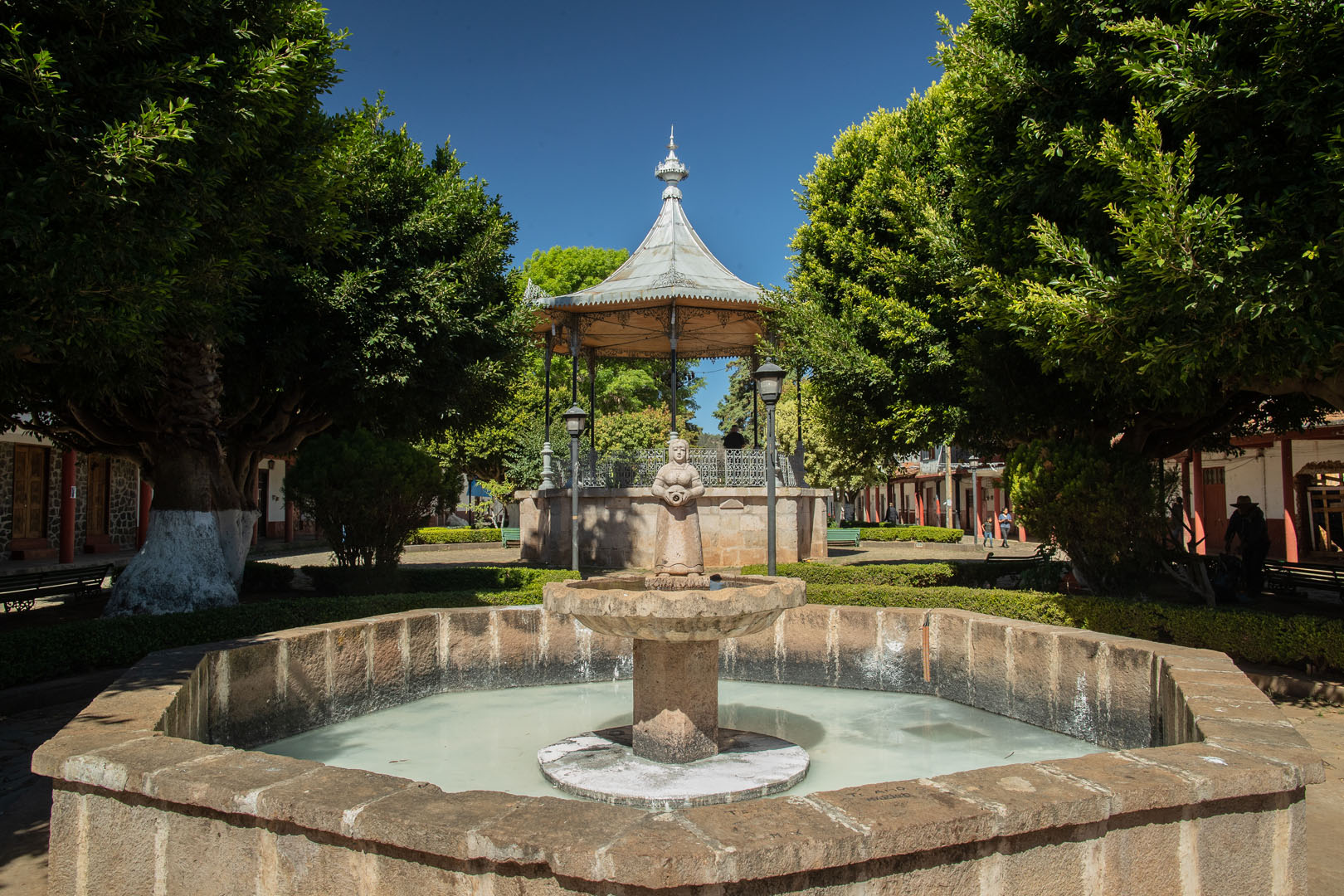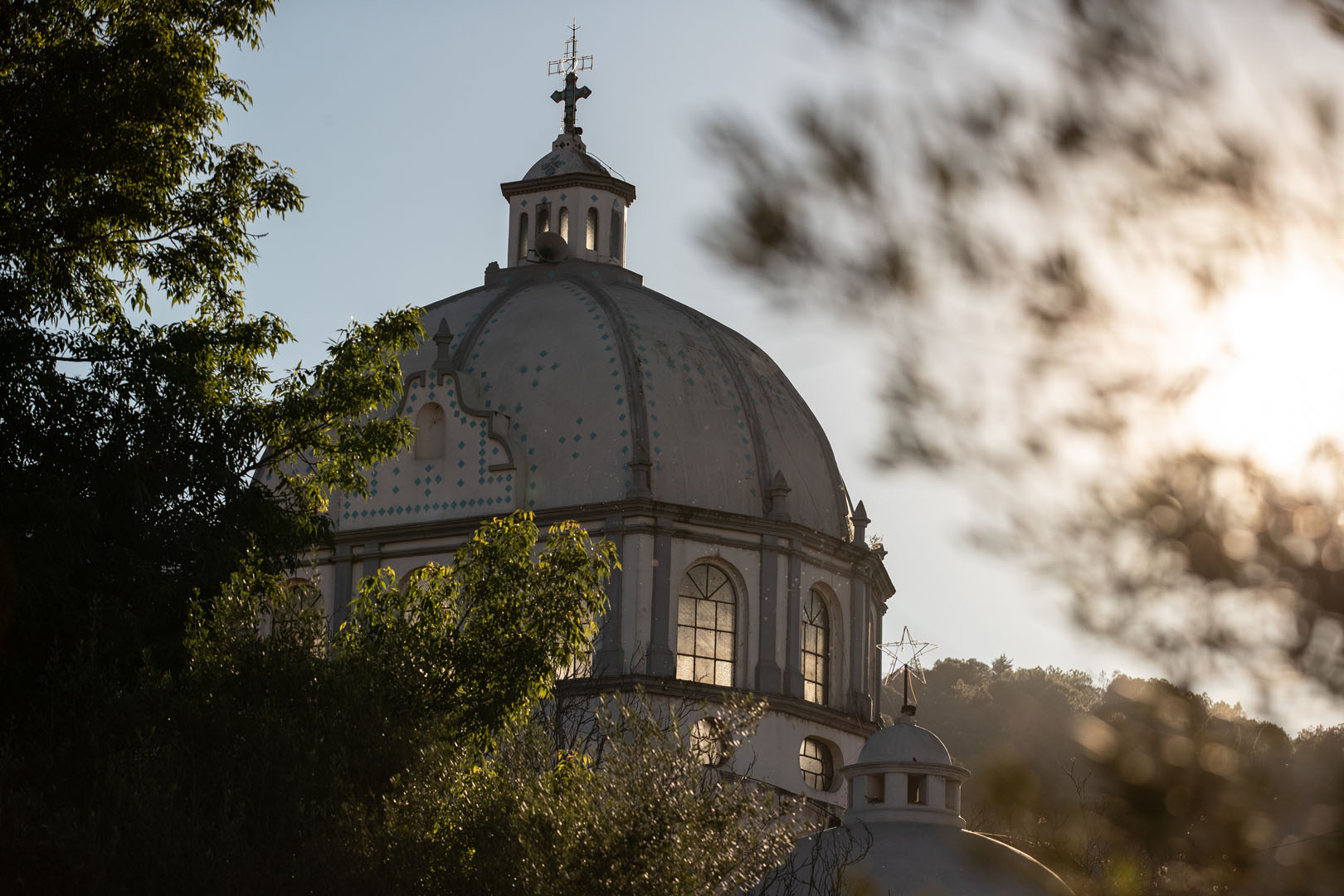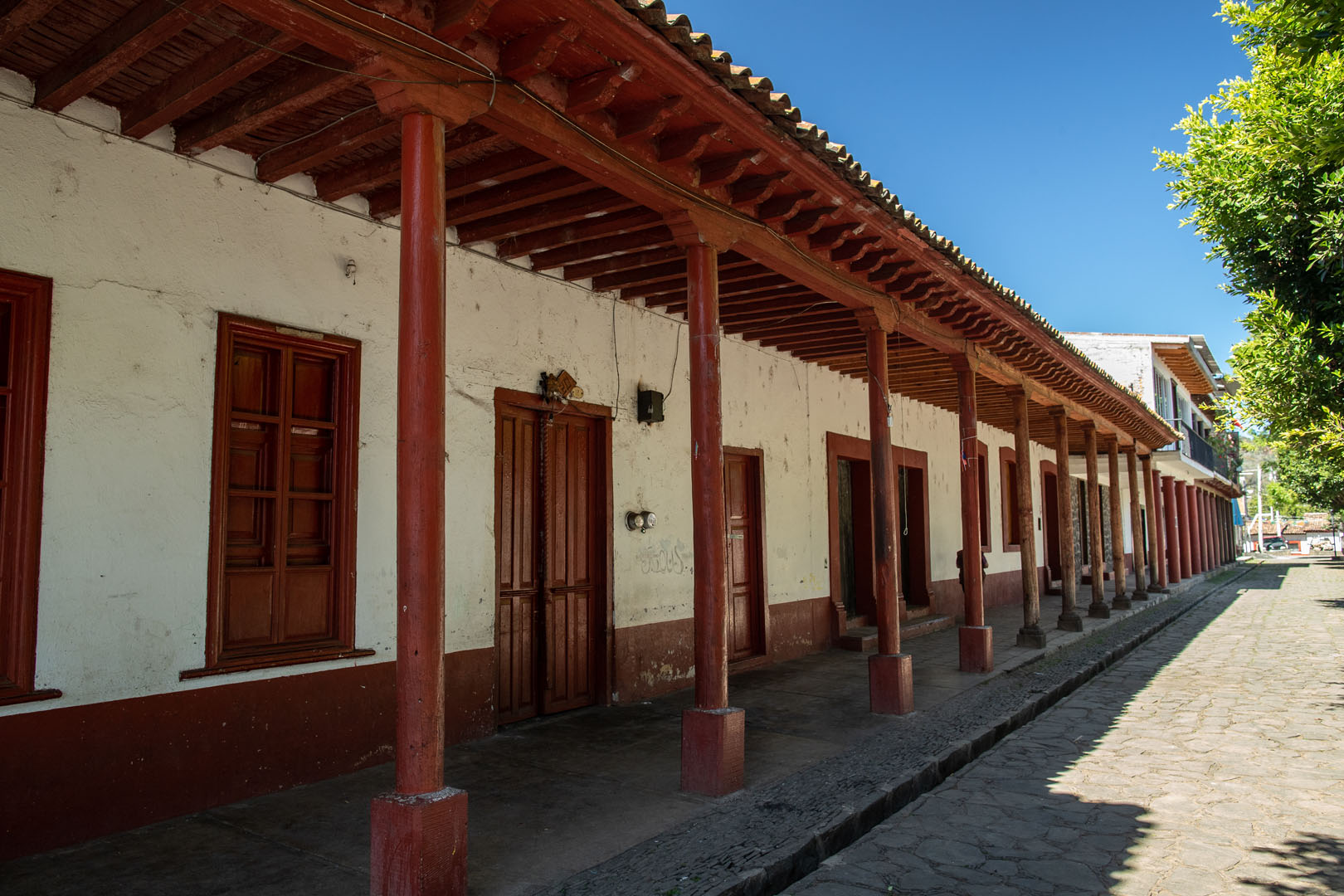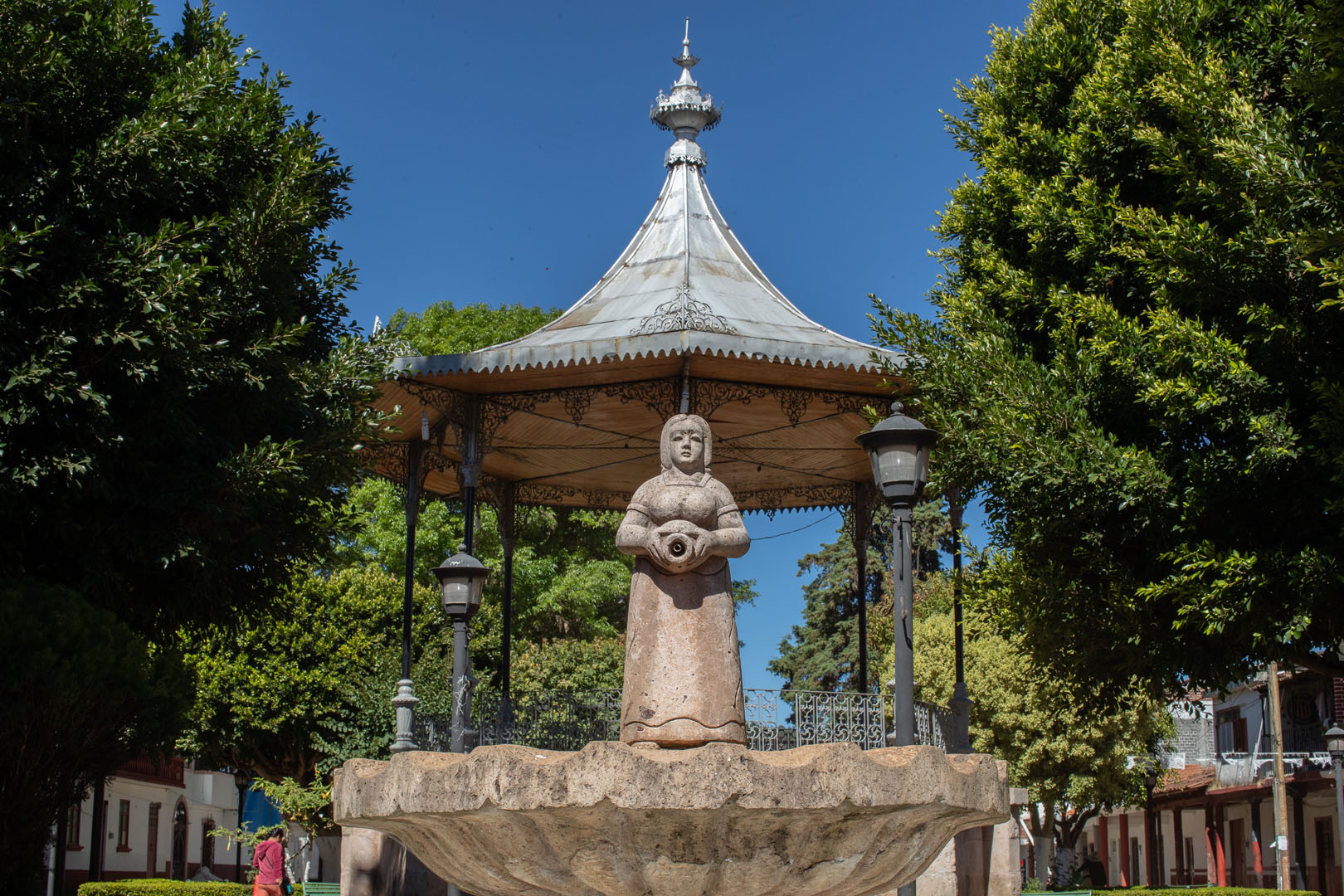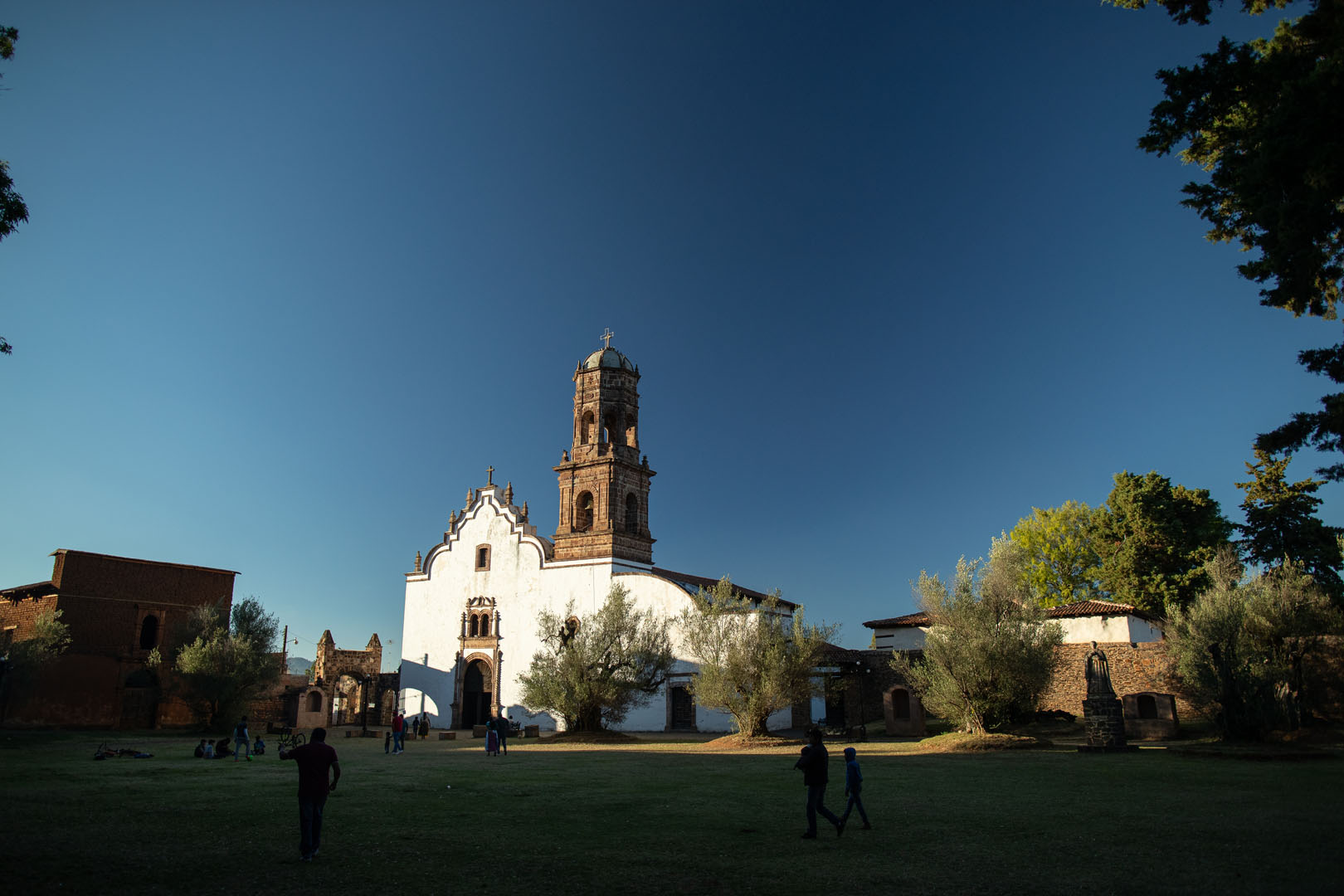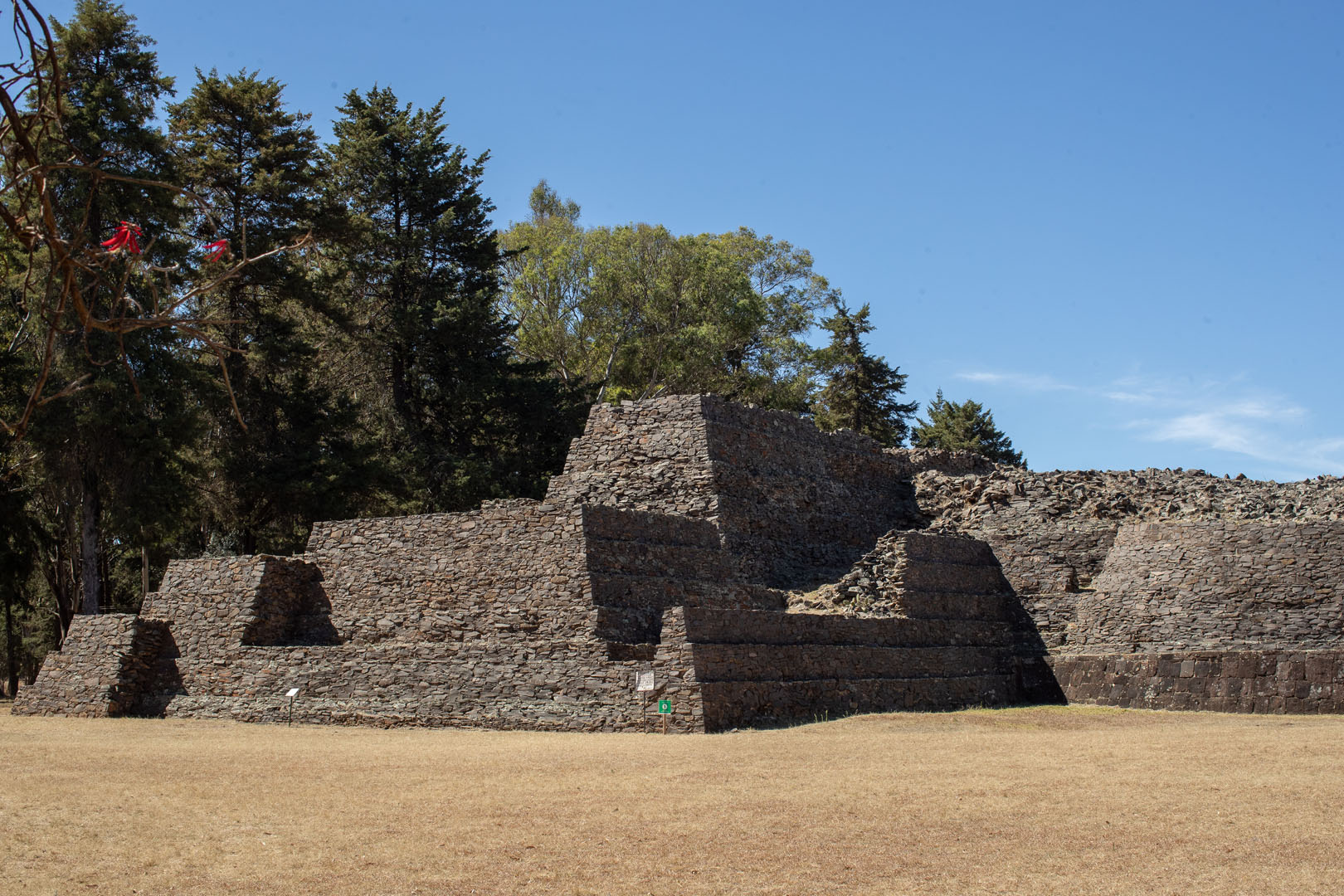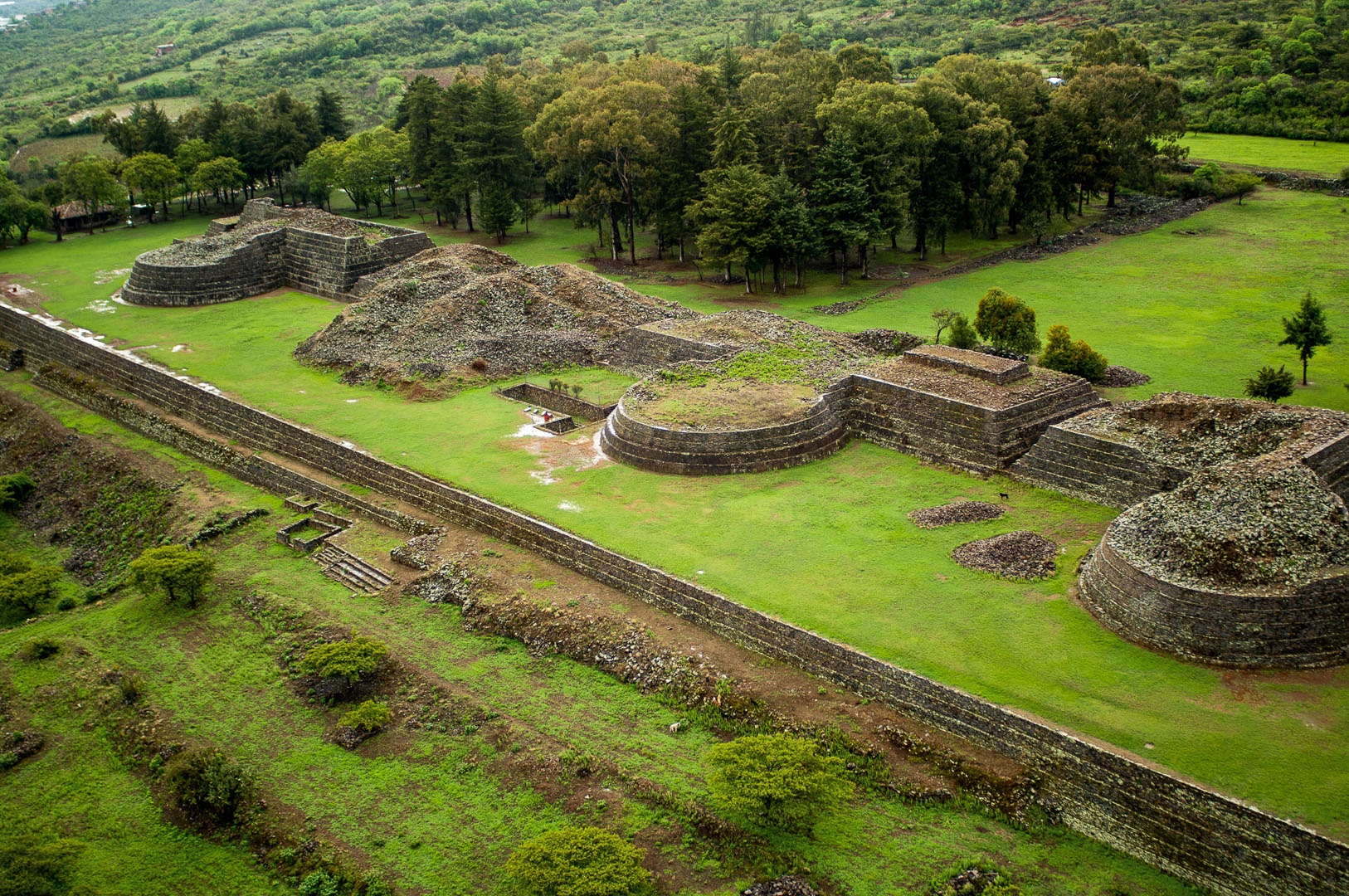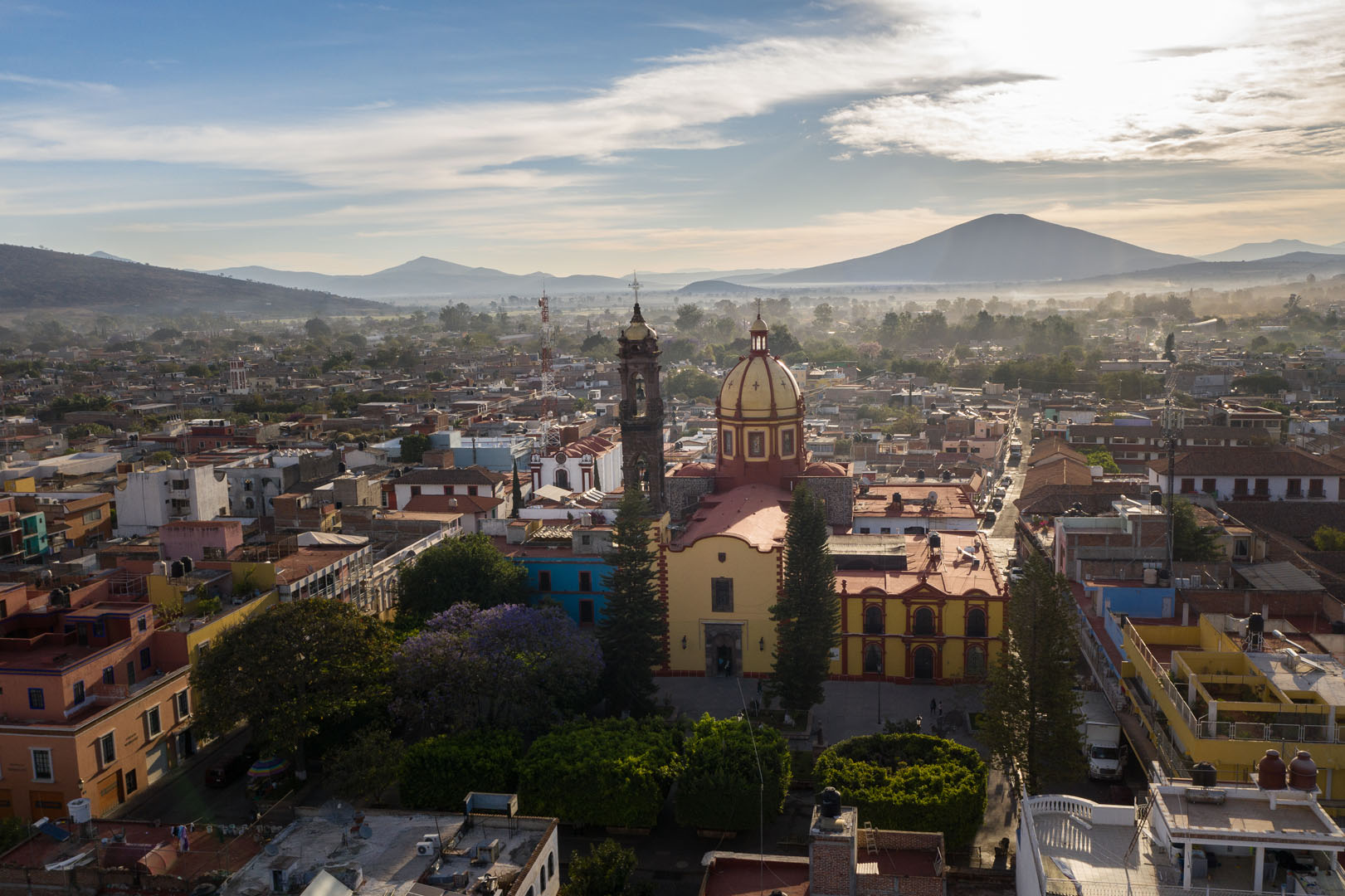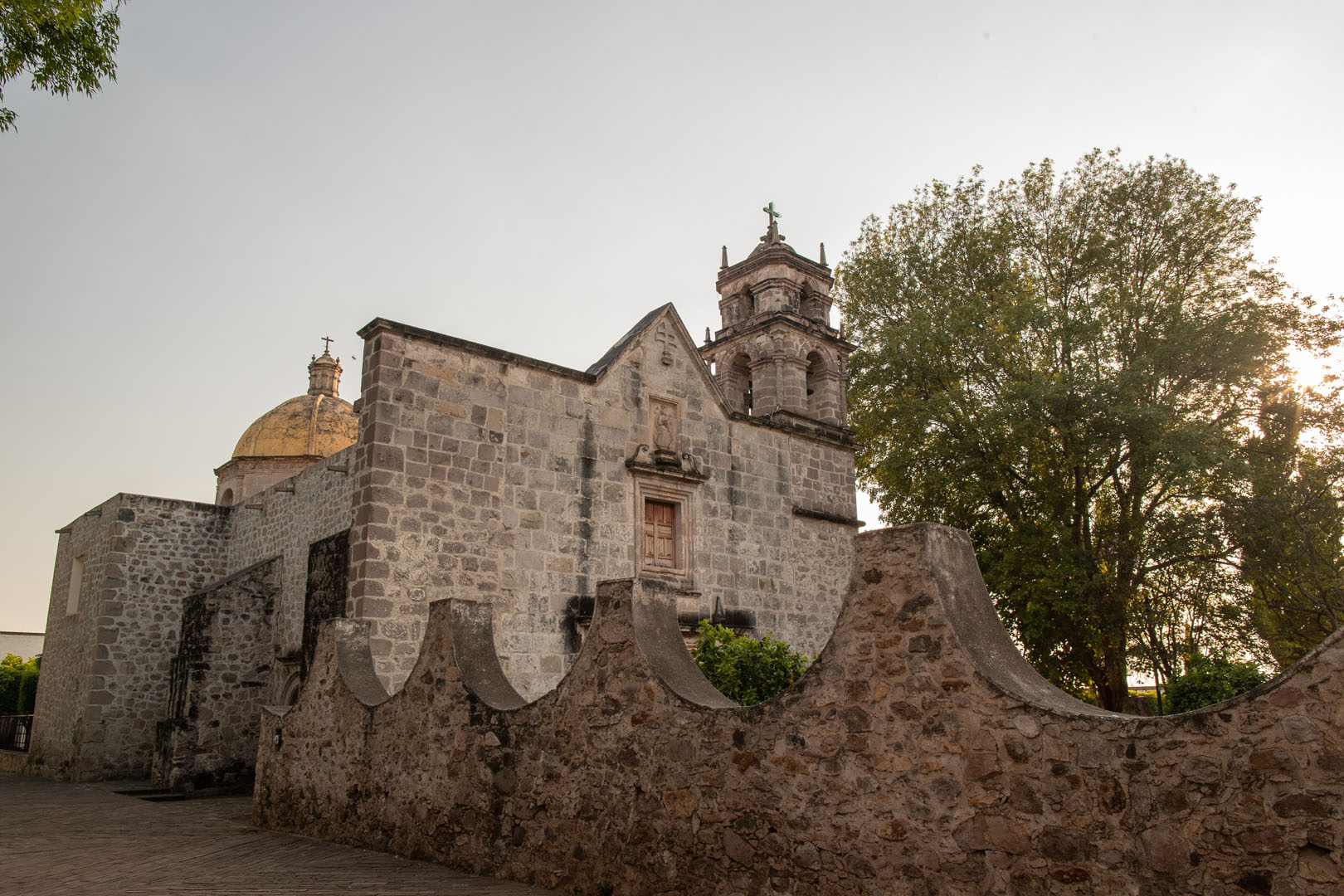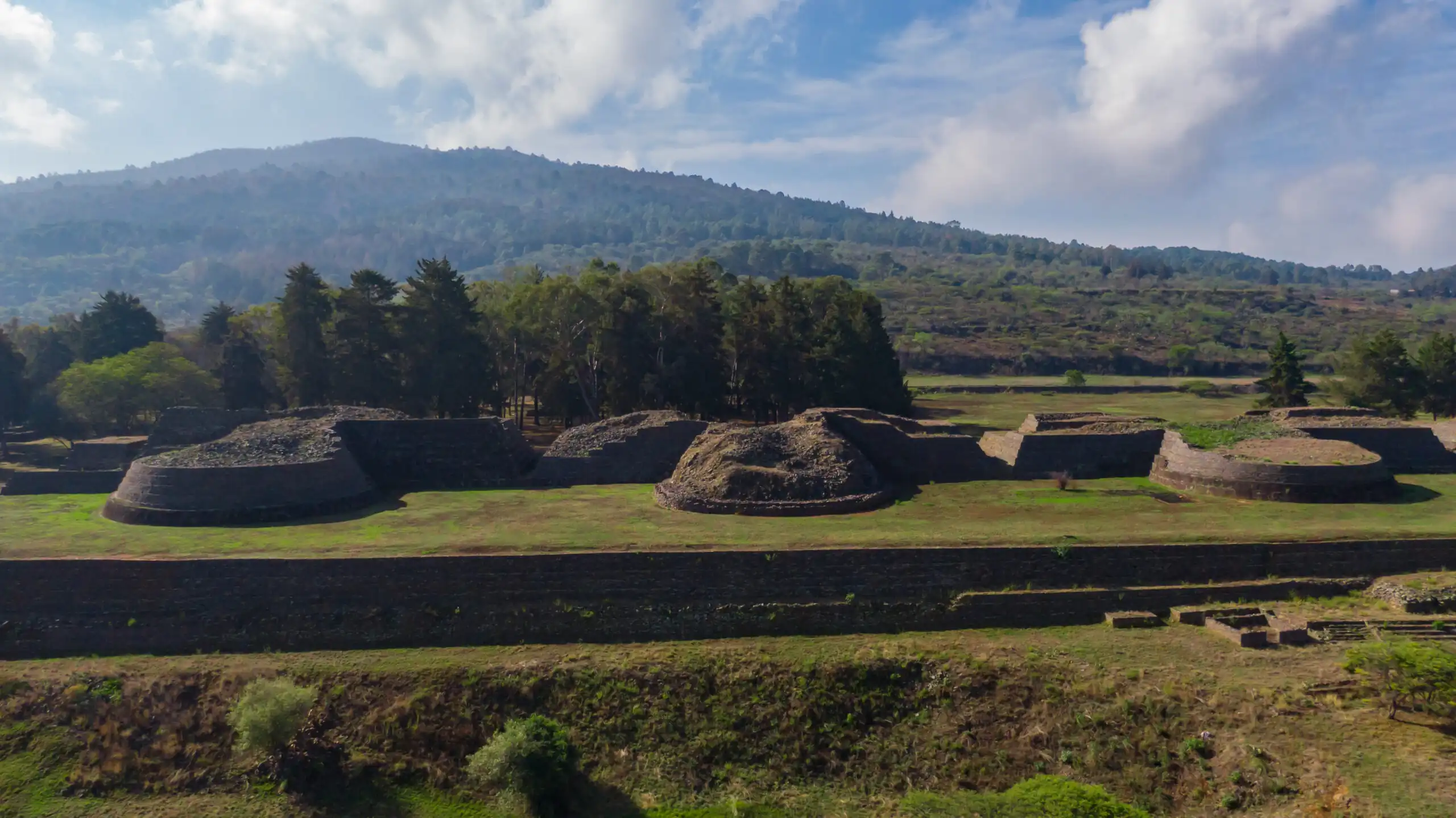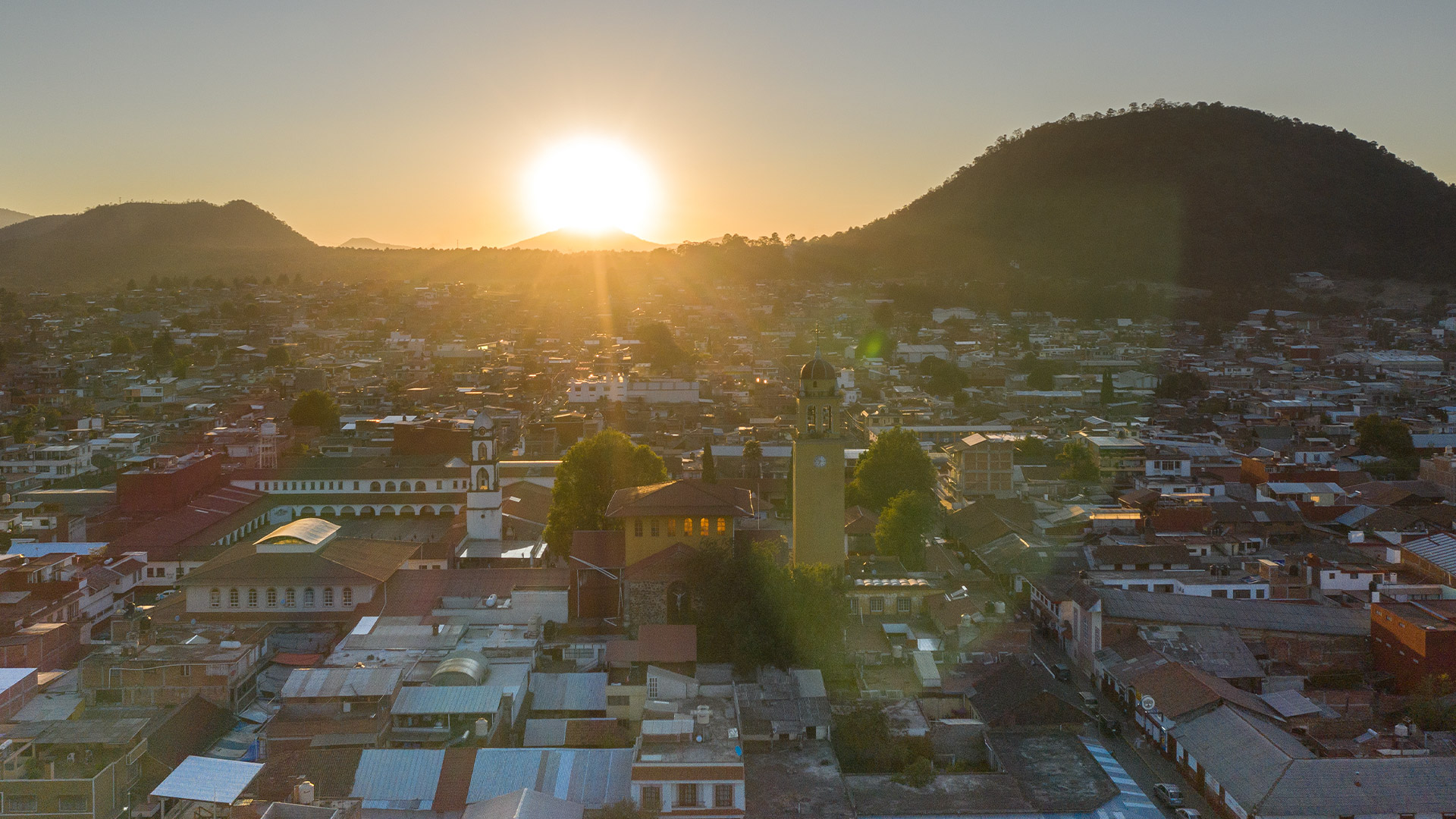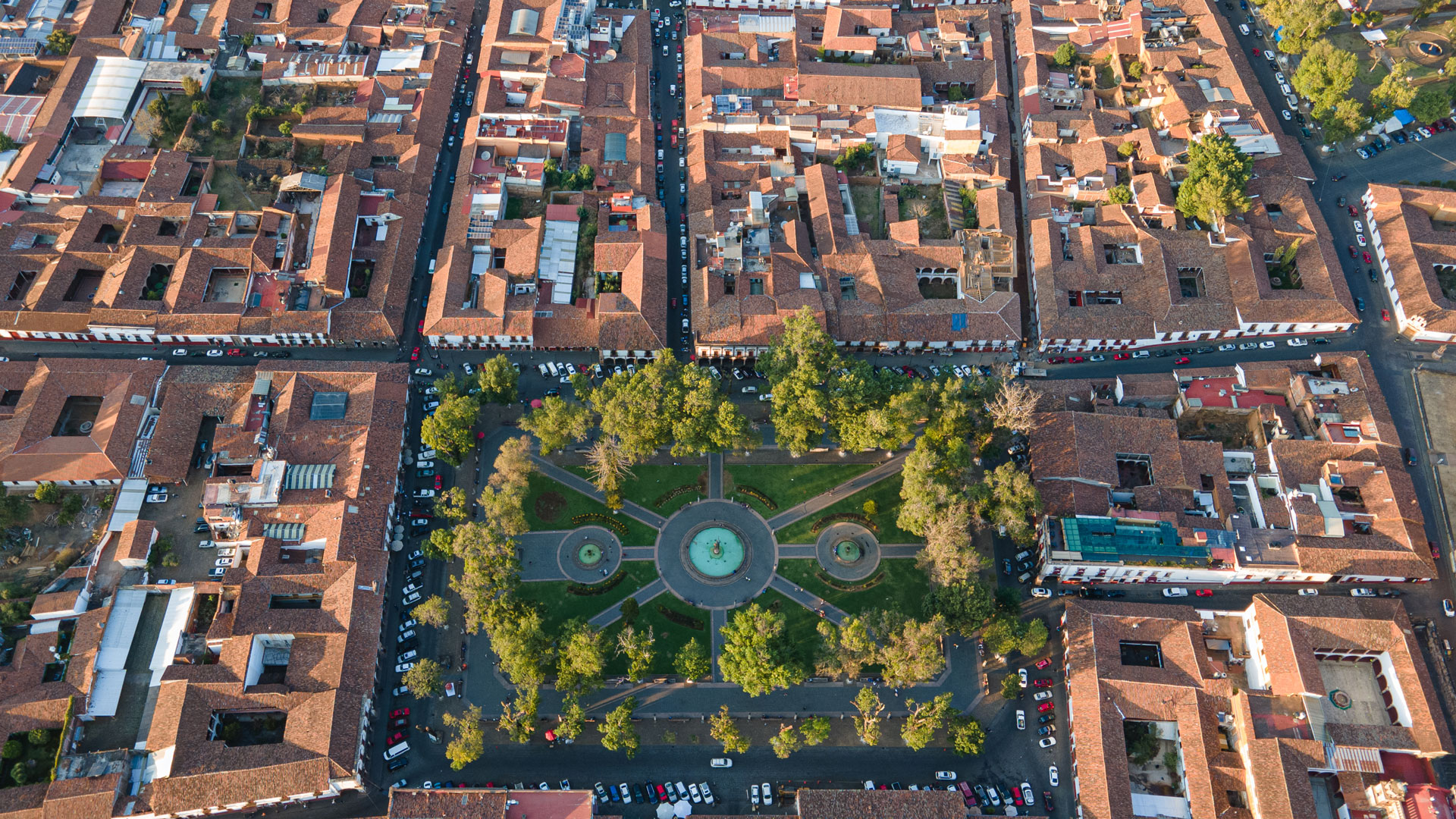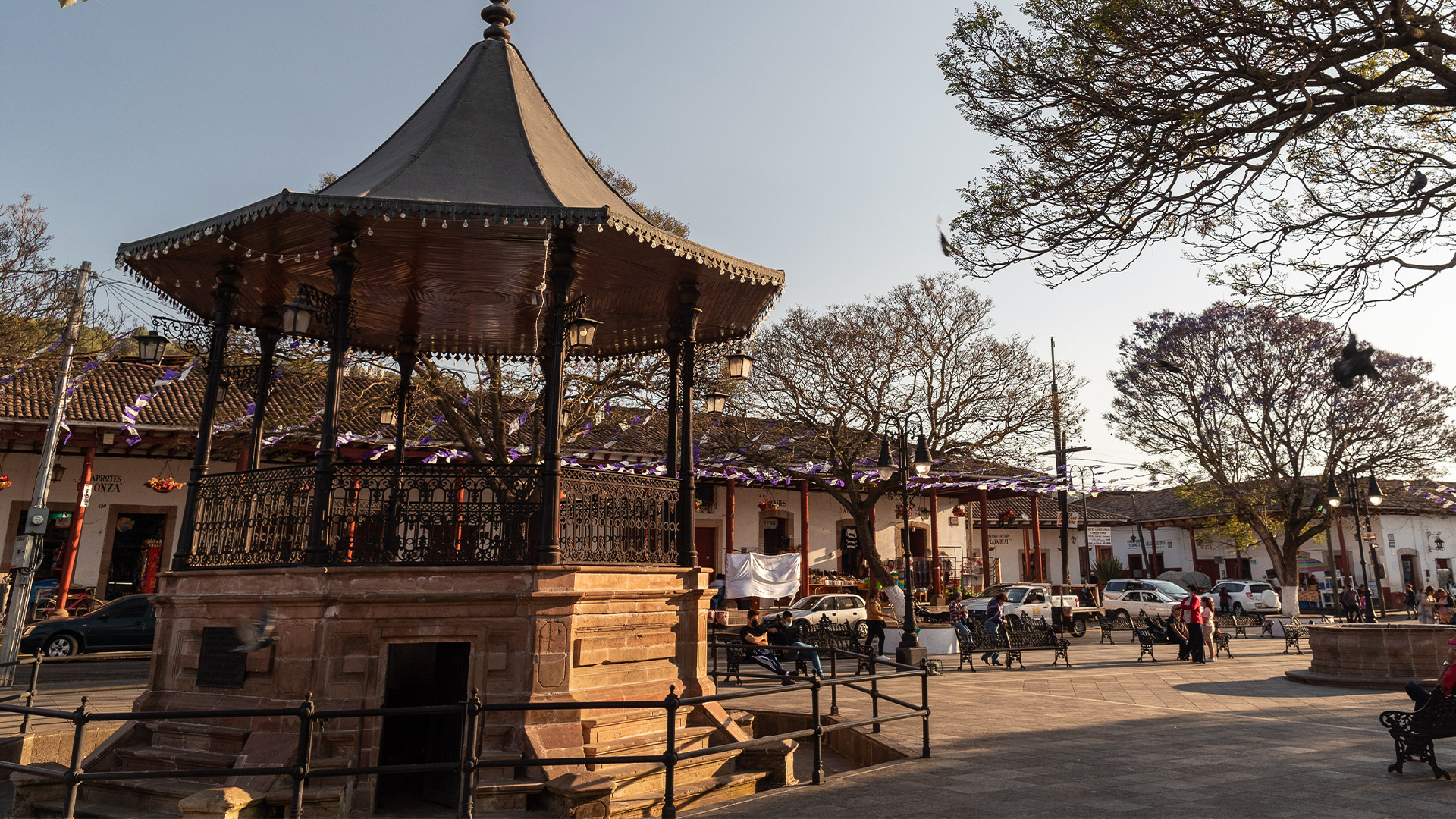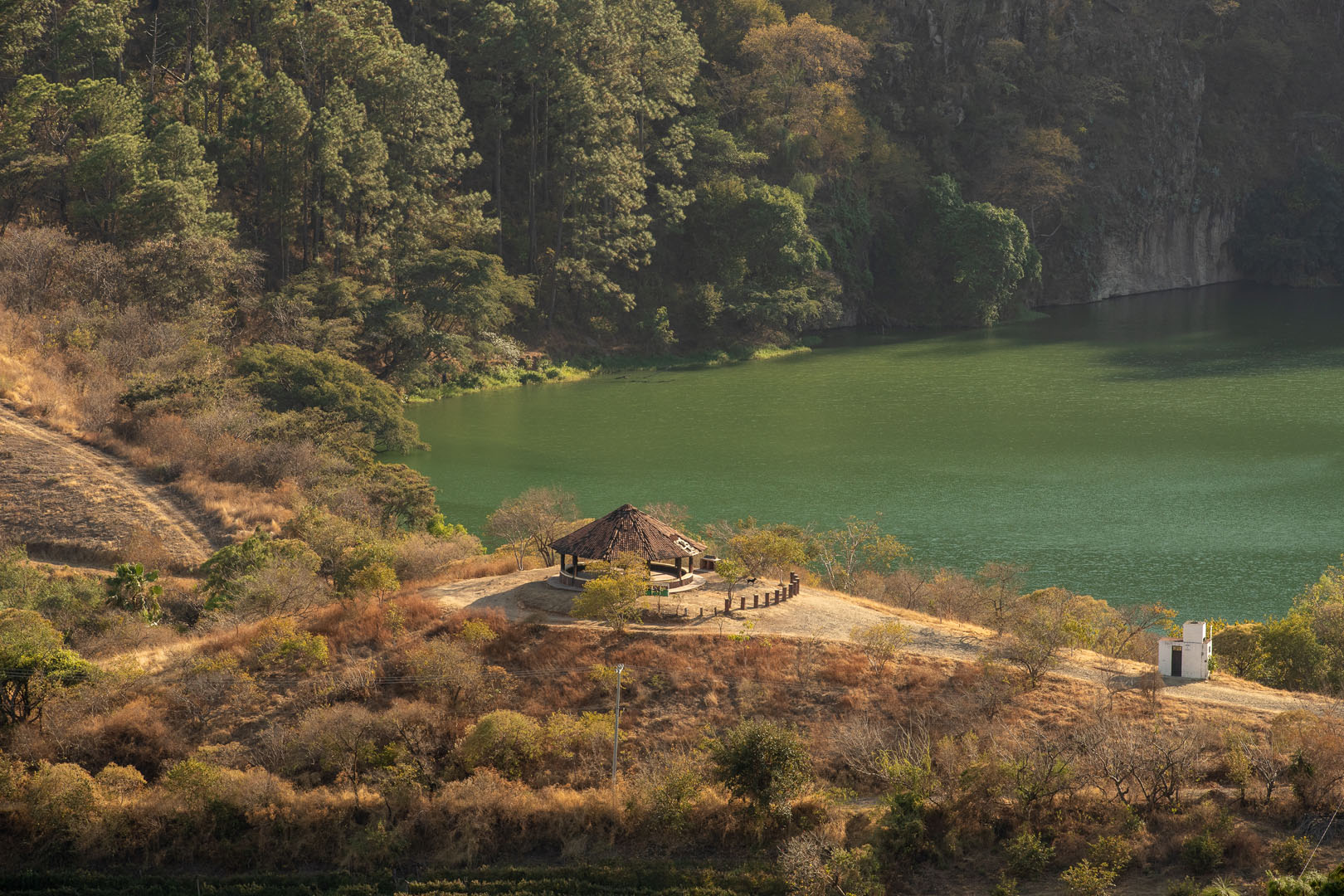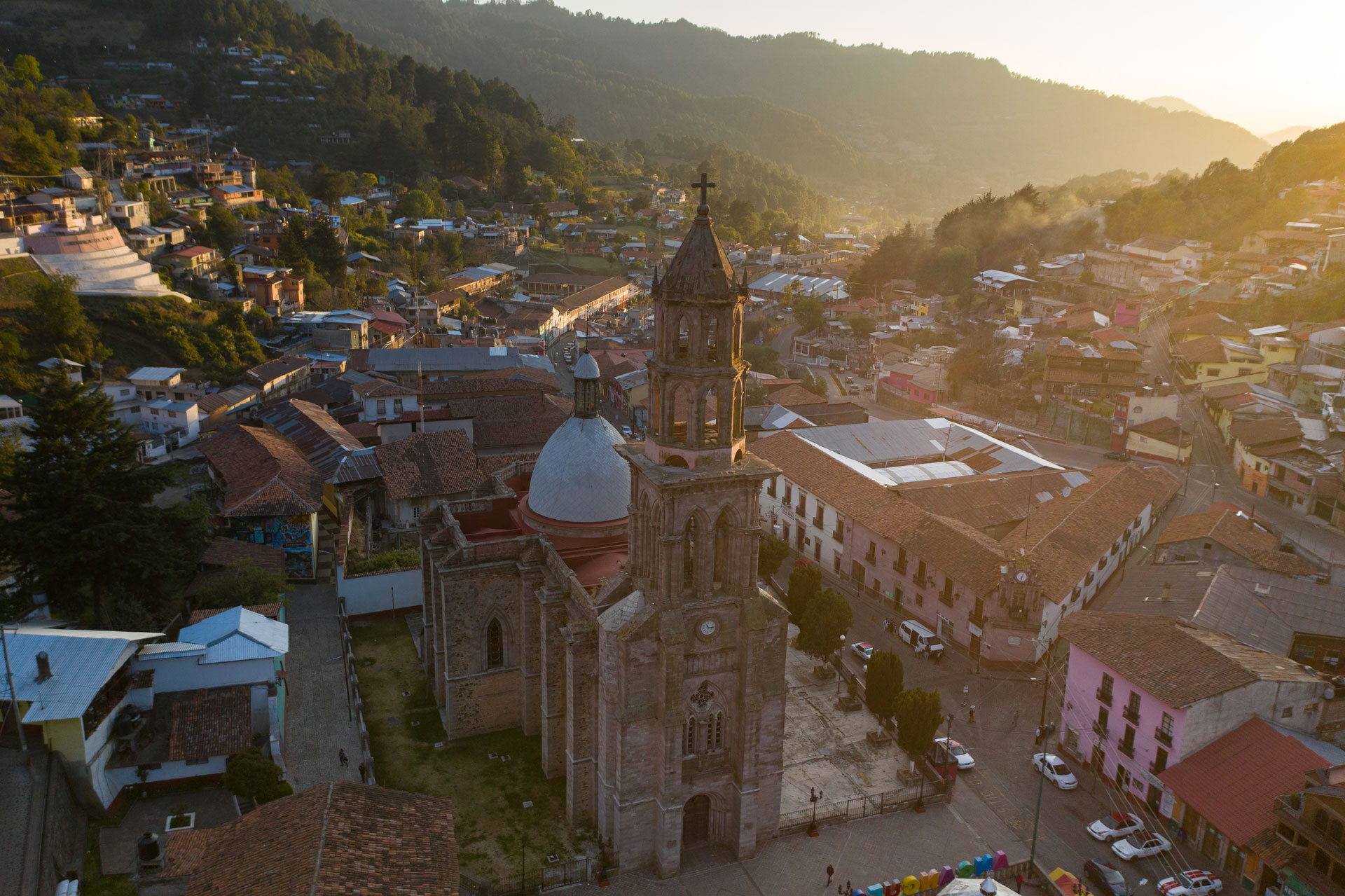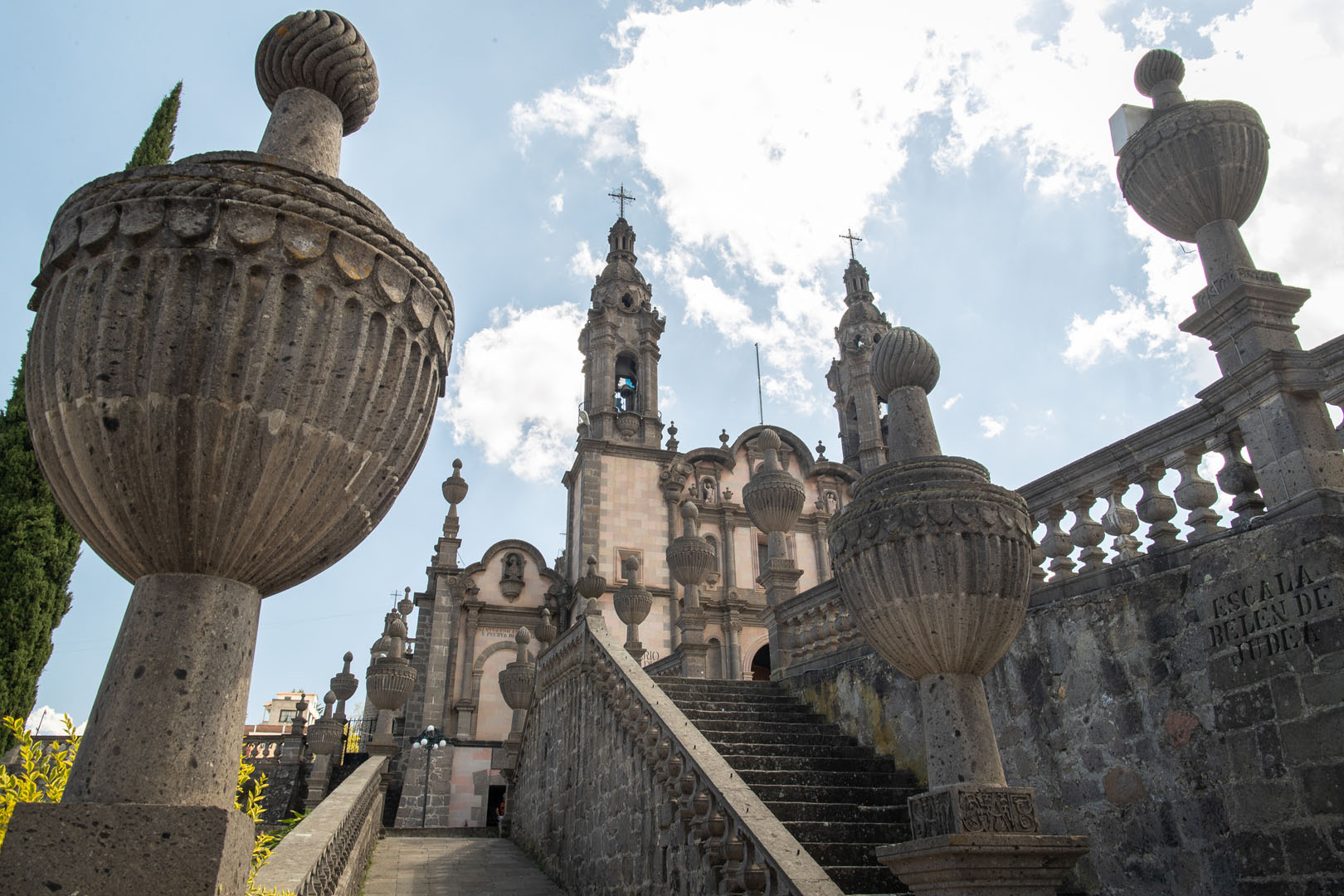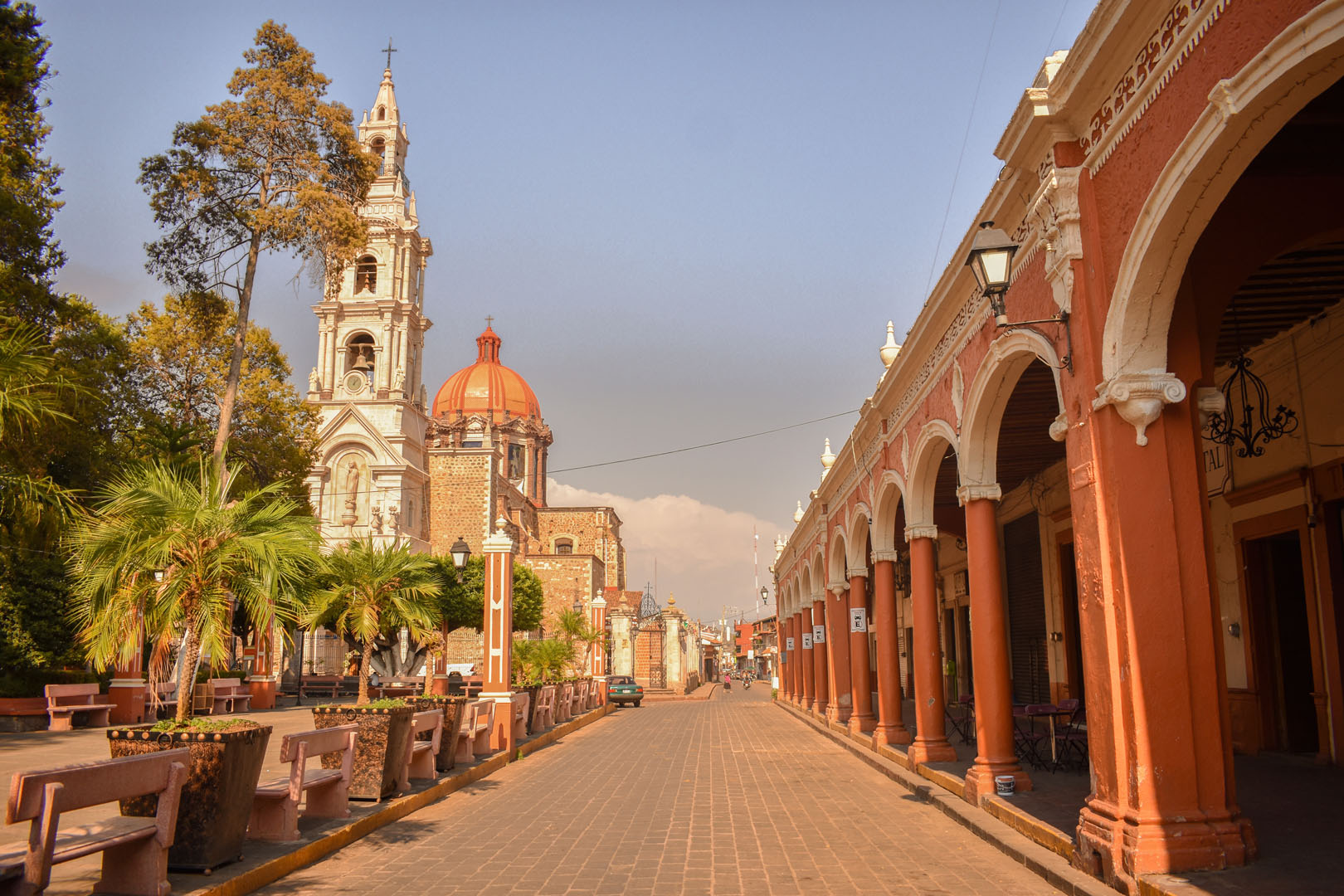Tzintzuntzan
Discover
Marvel at the 54 living monuments that are the oldest olive trees planted in America, located in the atrium of the old Franciscan convent of Santa Ana in Tzintzuntzan. Only 17 kilometers from Patzcuaro, this Magical Town offers you a window to the greatness of its indigenous origin, being the cradle of the Purepecha culture and the ancient capital of Michoacan.
In addition to its pre-Hispanic heritage, Tzintzuntzan is home to one of the most important convent complexes of the colonial era: the Ex Convento Santa Ana, whose construction began at the end of the 16th century and was completed in the 17th century. This convent, with its architecture that evokes a medieval fortress, is testimony to the spiritual conquest of New Spain. In its atrium are ancient olive trees brought from Europe, some of which are more than 400 years old. Explore the interior of the convent and discover its fascinating museography, which will guide you through cells, rooms and corridors full of history. Among the most curious elements is a mural that was banned for centuries for depicting a crucified Augustinian friar, an image that reflects the religious intensity of the time.
Tzintzuntzan’s charm is not limited to its history. Its handicrafts are a colorful reflection of the skill and creativity of local artisans. Pottery, wooden furniture, embroidered textiles and burnished clay items are just some of the creations that brighten up its markets and tianguis. Each piece tells a story and is a testimony to the indigenous ingenuity that is still alive in this region.
In addition to immersing yourself in history and traditions, Tzintzuntzan invites you to delight in its gastronomy. Taste the local delicacies prepared by the traditional cooks: from the comforting caldo ahogado to the churipo de pescado, including the traditional corundas and fried charales.
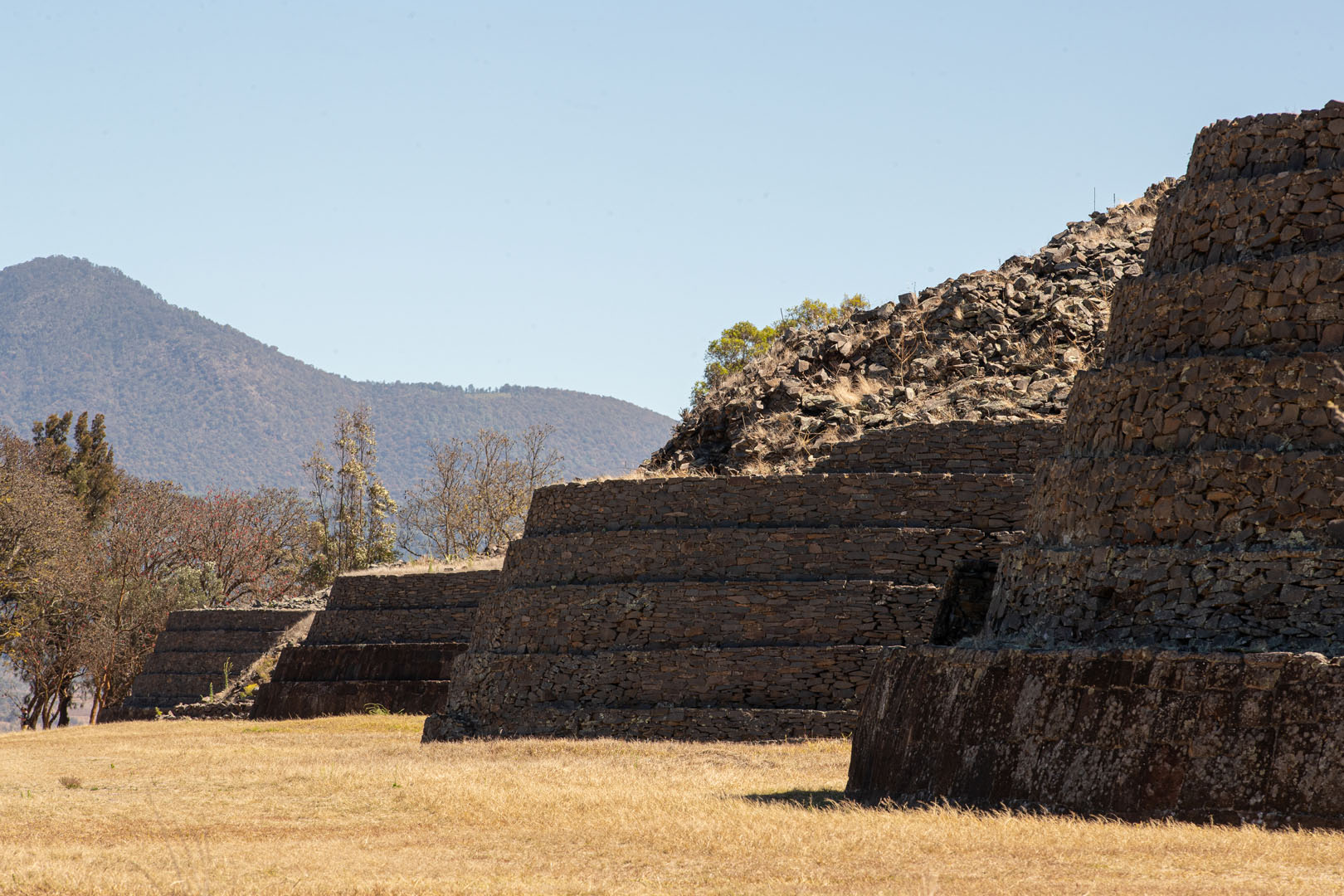
We recommend you to visit
- Tzintzuntzan Museum and Archaeological Zone: Explore the Yácatas, the ancient Purepecha pyramids, and immerse yourself in the history of the civilization that dominated the region.
- Old Franciscan Convent of the XVI century: Admire its architecture, the atrium of the olive trees and the museography that reveals the colonial secrets.
- Archaeological zone of Ihuatzio: Another Purepecha ceremonial center, with structures that still preserve the mystique of the ancient culture.
- Parishes of San Francisco de Asís in Tzintzuntzan and Ihuatzio: Examples of colonial architecture that combine indigenous and European elements.
- Temple of Our Lady of Solitude and Open Chapels: Spaces that highlight the rich religious heritage of the region.
- Tzintzuntzan Handicrafts Market: A vibrant place where you can find pottery, textiles and handmade products made by local artisans.
- Traditional cooking route: Enjoy typical dishes from the traditional cooks of Tzintzuntzan, El Tigre and Puerto del Tigre.
- Embark on a tour of the lake and visit the nearby islands, such as Pacanda, where you can enjoy activities such as zip-lining.
What you have to live
- Day of the Dead Celebration ( November 1 and 2): The wakes in Tzintzuntzan, Ihuatzio and Cucuchucho are an unmissable event, where Purepecha traditions come to life in a mystical and solemn atmosphere.
- Fiesta Patronal de San Francisco de Asís ( October 4 and 5): Processions, masses, and celebrations in the municipal seat of Tzintzuntzan.
- Patronal Feast of the Señor del Rescate (February, variable date): With religious and cultural activities that reflect the devotion of the community.
- Holy Week ( April, variable date): Celebrations that include the representation of “La Judea”, processions and rituals that attract visitors from all over the region.
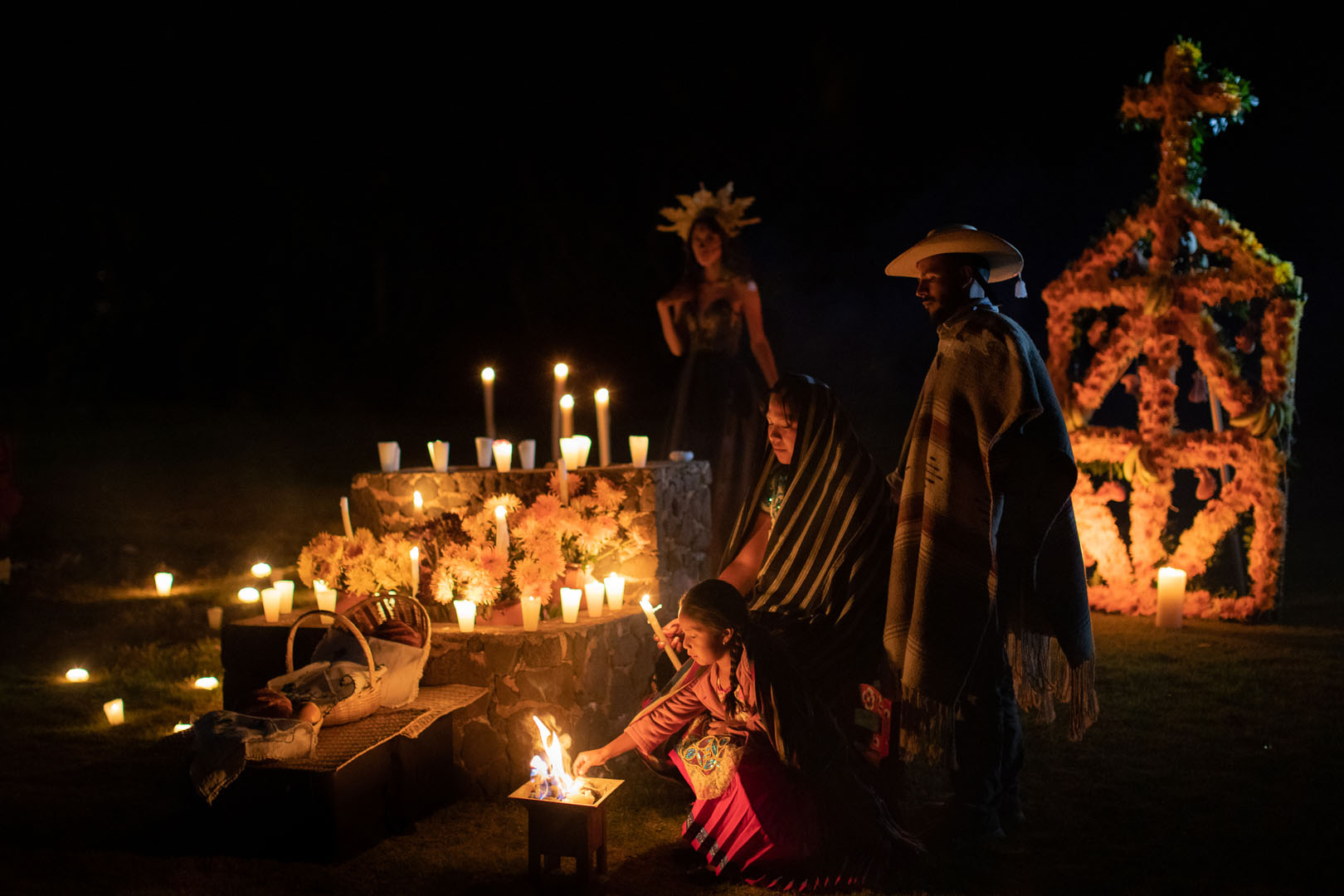
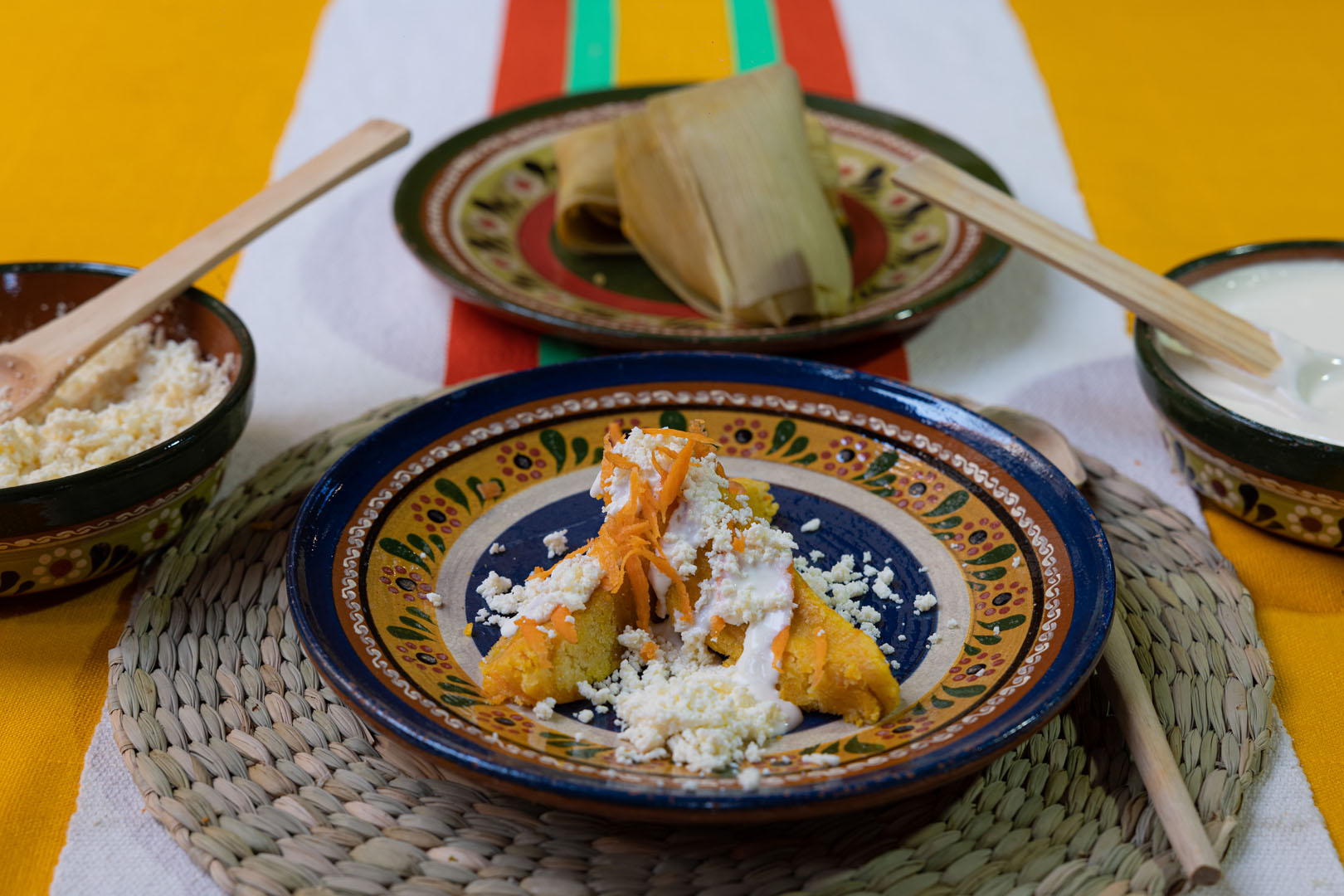
What you have to try
The cuisine of Tzintzuntzan is a trip to the traditional Purepecha flavor. Among the dishes you can’t miss are:
- Corundas and Uchepos: Traditional tamales that are an emblem of Michoacan gastronomy.
- Charales and White Fish: Fresh from Lake Patzcuaro, prepared fried or in broth.
- Churipo and Sopa Tarasca: Two of the most representative stews of the region, full of flavor and tradition.
- Caldo de Trucha and Mojarra Dorada: Enjoy them in the restaurants on the shores of the lake, at the Ucazanaztacua pier.
Handicrafts
Tzintzuntzan is a town where art and tradition are expressed through its handicrafts. Here you will find:
- Pottery and Burnished Clay: With techniques that have been passed from generation to generation, artisans create unique pieces that combine beauty and functionality.
- Wooden Furniture: With traditional designs, they are appreciated for their durability and aesthetics.
- Textiles: Embroidery and weavings that show the skill of indigenous hands in the creation of rebozos and other products.
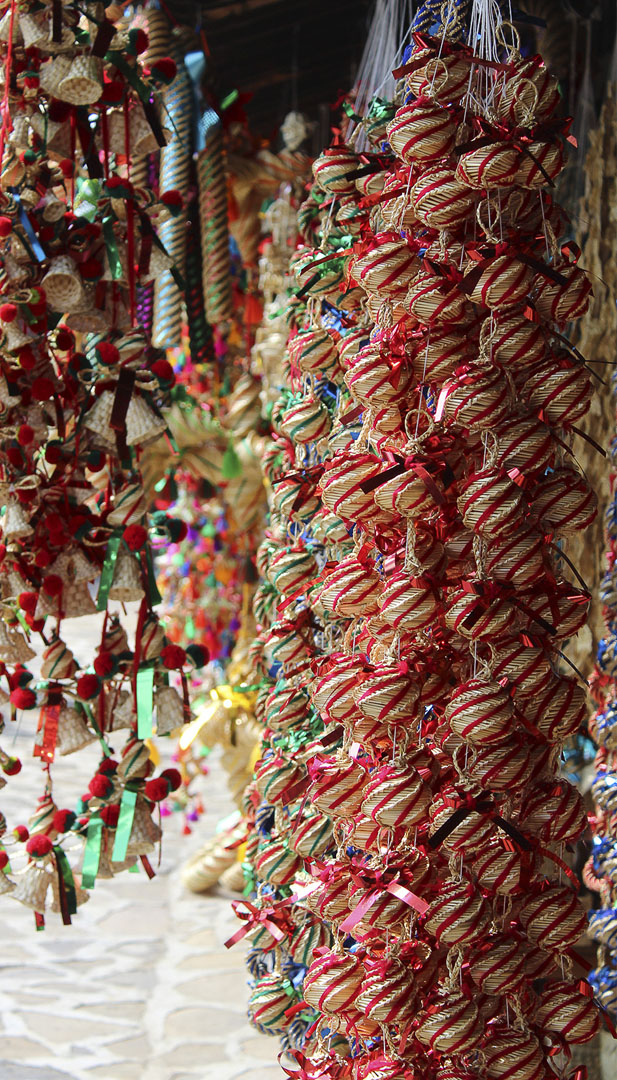
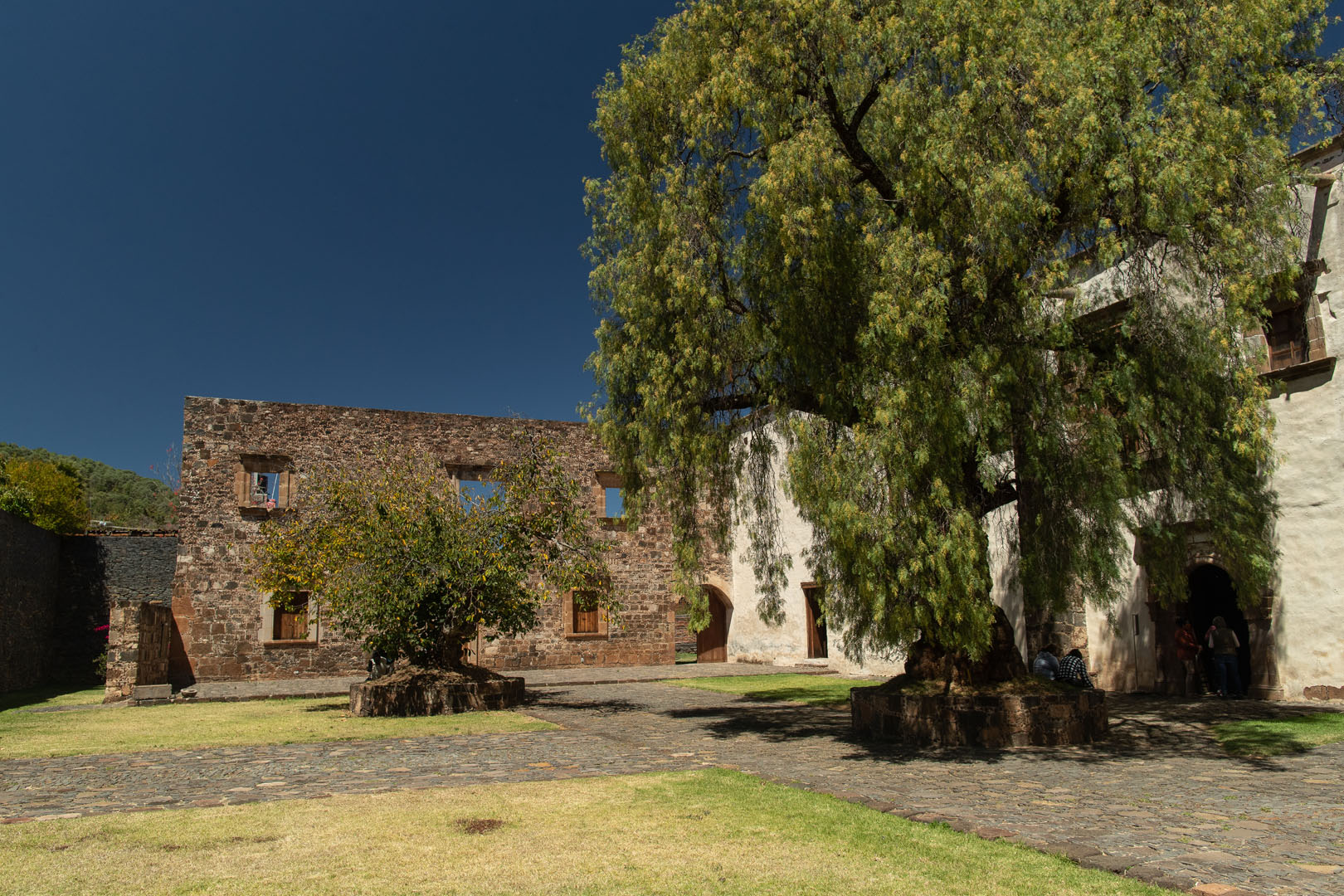
To visit Tzintzuntzan is to enter into a journey through Purepecha and colonial history and culture. From its monuments to its vibrant community life, every corner of this Magical Town has a story to tell and a tradition to share. Come and discover a place where past and present come together in perfect harmony.
